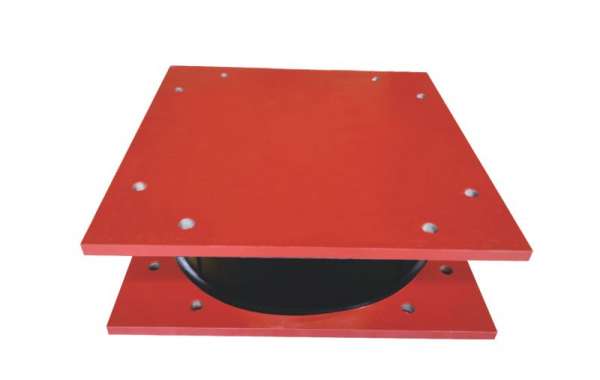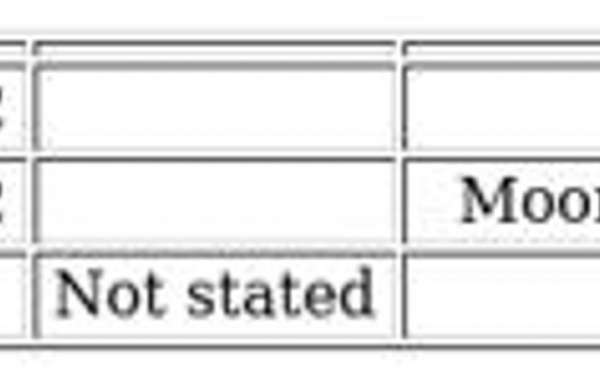Lead rubber bearing technology has transformed structural engineering approaches to earthquake protection by providing reliable seismic isolation with predictable performance characteristics. These devices function through the combined action of rubber, steel, and lead components that work together to modify how structures respond to ground shaking. A typical lead rubber bearing provides vertical stiffness to support structural weight while offering horizontal flexibility that lengthens a building's natural period away from dominant earthquake frequencies. This period shift represents a fundamental benefit of lead rubber bearing implementation.
The composition of a lead rubber bearing includes multiple material layers that each contribute to overall performance. Natural or synthetic rubber layers provide the flexibility needed for the lead rubber bearing to deform under lateral loads. Steel plates reinforce the lead rubber bearing, providing vertical stiffness while preventing bulging of the rubber under compression. The central lead core gives the lead rubber bearing its energy dissipation capability through hysteretic damping that occurs when the lead deforms plastically during earthquake motions.
Design considerations for lead rubber bearing systems include anticipated displacement demands, vertical load requirements, and environmental conditions. Engineers determine the appropriate size and configuration of each lead rubber bearing based on structural weight, estimated seismic forces, and desired performance objectives. The design process for a lead rubber bearing also considers factors like aging characteristics, temperature effects, and resistance to environmental degradation. These factors influence the specifications for each lead rubber bearing within a complete isolation system.
Testing protocols for lead rubber bearing components verify their performance before installation in structures. Quality assurance testing typically involves subjecting a lead rubber bearing to simulated seismic loads to confirm its force-displacement characteristics. Long-term performance tests may evaluate creep and aging properties of the lead rubber bearing materials. This testing provides confidence that the lead rubber bearing will perform as intended when subjected to actual earthquake ground motions, validating the analytical models used in the design process.







